Amazonia: the paradise of nature photographers
The best place in the world for nature photographers has to be Amazonia. Because of its sheer size and biodiversity, it accounts for half of the world’s tropical rainforest; it is a must for those that love to photograph nature. Whether you are a hobbyist, professional or happy snapper, you will find so many interesting shots. Amazonia covers a vast area and spreads across nine different countries, so the choice of destination is wide. The rainforest is home to a diverse amount of fauna and flora, with many unique species.
 Over 2,000 species of birds and mammals, 40,000 plant species, plus fish, amphibians and reptiles, can be found there. There are over 16,000 tree species alone, all of which harbour and support different types of wildlife. Not all the plant life has been catalogued yet, and discoveries are made all the time, in the thick and crowded jungle. There are over 2.5 million species of insects alone.
Over 2,000 species of birds and mammals, 40,000 plant species, plus fish, amphibians and reptiles, can be found there. There are over 16,000 tree species alone, all of which harbour and support different types of wildlife. Not all the plant life has been catalogued yet, and discoveries are made all the time, in the thick and crowded jungle. There are over 2.5 million species of insects alone.
 One study in Ecuador counted over 1,000 different kinds of trees in a square kilometer patch. Each of these trees has its ecosystem build around it, in a system of mutual interdependence. If you are interested in a particular kind of animal, plant or insect, it is necessary to know which part of the ecosystem they inhabit. The forest is broken up into distinct layers by height, each level houses or are used by various species. Many species exist together in symbiotic relationships where they feed off each other or benefit from the other’s behaviour.
One study in Ecuador counted over 1,000 different kinds of trees in a square kilometer patch. Each of these trees has its ecosystem build around it, in a system of mutual interdependence. If you are interested in a particular kind of animal, plant or insect, it is necessary to know which part of the ecosystem they inhabit. The forest is broken up into distinct layers by height, each level houses or are used by various species. Many species exist together in symbiotic relationships where they feed off each other or benefit from the other’s behaviour.
 On the floor of the forest are the ground dwellers, mainly those that don’t climb. Higher up is what is called the canopy and where the most varieties can be found. Most of the bird species can be found in the canopy. Higher still, at the very top of the trees are the bigger birds, the airborne predators. Jaguars and panthers roam the jungle floor or lurk in the branches. Whatever your preference, an Amazon photo safari will present you with plenty of opportunities to take some fantastic shots.
On the floor of the forest are the ground dwellers, mainly those that don’t climb. Higher up is what is called the canopy and where the most varieties can be found. Most of the bird species can be found in the canopy. Higher still, at the very top of the trees are the bigger birds, the airborne predators. Jaguars and panthers roam the jungle floor or lurk in the branches. Whatever your preference, an Amazon photo safari will present you with plenty of opportunities to take some fantastic shots.
 The rainforest never sleeps, so with the sacrifice of some your own, you will be able to view and capture the nocturnal wonders also. Before you go, it is a good idea to read up on the behaviour of the subjects you want to snap. No one goes into the Amazon rainforest alone, local guides are necessary, and they know all about the fauna and flora, which areas of the forest to visit, what time of day or night the species you are interested in are most active and other information. The mighty rivers are home to a vast array of aquatic creatures, both amphibious and fish. Professional photographers are always prepared, but the hobbyist would do well to investigate the type of equipment necessary to capture the images of what you want. Be aware that Amazonia is humid, and it is a wet tropical forest, where it frequently rains, so pack accordingly.
The rainforest never sleeps, so with the sacrifice of some your own, you will be able to view and capture the nocturnal wonders also. Before you go, it is a good idea to read up on the behaviour of the subjects you want to snap. No one goes into the Amazon rainforest alone, local guides are necessary, and they know all about the fauna and flora, which areas of the forest to visit, what time of day or night the species you are interested in are most active and other information. The mighty rivers are home to a vast array of aquatic creatures, both amphibious and fish. Professional photographers are always prepared, but the hobbyist would do well to investigate the type of equipment necessary to capture the images of what you want. Be aware that Amazonia is humid, and it is a wet tropical forest, where it frequently rains, so pack accordingly.
 Miguel Andy is General Manager of Napo Wildlife Center. Napo Wildlife Center is an eco-lodge offering unforgettable experiences in the Amazon rainforest of Ecuador, inside Yasuni Biosphere Reserve, which is managed by the Añangu kichwa aboriginal community.
If you would like to be a guest blogger on A Luxury Travel Blog in order to raise your profile, please contact us.
Miguel Andy is General Manager of Napo Wildlife Center. Napo Wildlife Center is an eco-lodge offering unforgettable experiences in the Amazon rainforest of Ecuador, inside Yasuni Biosphere Reserve, which is managed by the Añangu kichwa aboriginal community.
If you would like to be a guest blogger on A Luxury Travel Blog in order to raise your profile, please contact us.
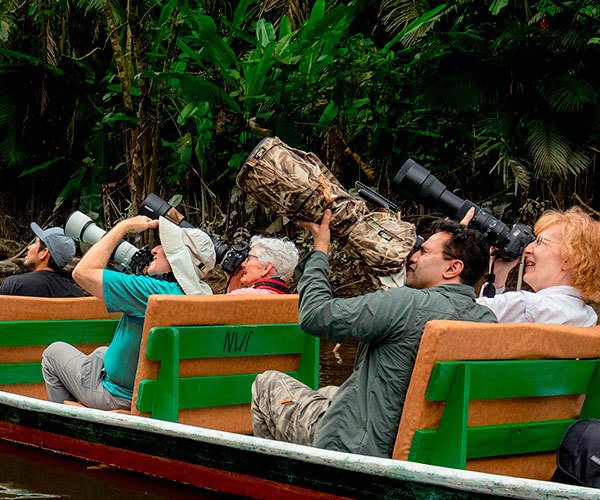 Over 2,000 species of birds and mammals, 40,000 plant species, plus fish, amphibians and reptiles, can be found there. There are over 16,000 tree species alone, all of which harbour and support different types of wildlife. Not all the plant life has been catalogued yet, and discoveries are made all the time, in the thick and crowded jungle. There are over 2.5 million species of insects alone.
Over 2,000 species of birds and mammals, 40,000 plant species, plus fish, amphibians and reptiles, can be found there. There are over 16,000 tree species alone, all of which harbour and support different types of wildlife. Not all the plant life has been catalogued yet, and discoveries are made all the time, in the thick and crowded jungle. There are over 2.5 million species of insects alone.
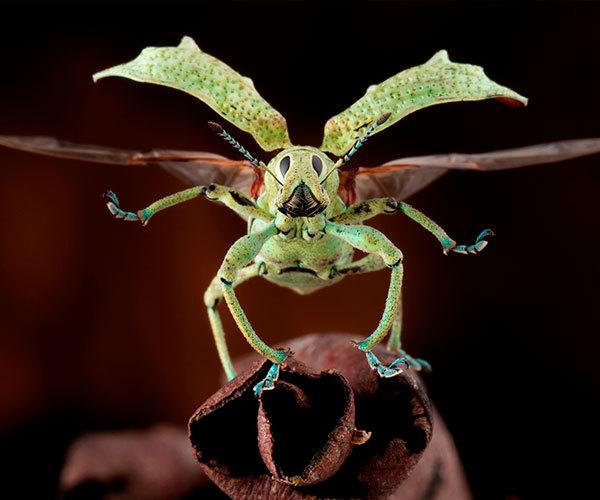 One study in Ecuador counted over 1,000 different kinds of trees in a square kilometer patch. Each of these trees has its ecosystem build around it, in a system of mutual interdependence. If you are interested in a particular kind of animal, plant or insect, it is necessary to know which part of the ecosystem they inhabit. The forest is broken up into distinct layers by height, each level houses or are used by various species. Many species exist together in symbiotic relationships where they feed off each other or benefit from the other’s behaviour.
One study in Ecuador counted over 1,000 different kinds of trees in a square kilometer patch. Each of these trees has its ecosystem build around it, in a system of mutual interdependence. If you are interested in a particular kind of animal, plant or insect, it is necessary to know which part of the ecosystem they inhabit. The forest is broken up into distinct layers by height, each level houses or are used by various species. Many species exist together in symbiotic relationships where they feed off each other or benefit from the other’s behaviour.
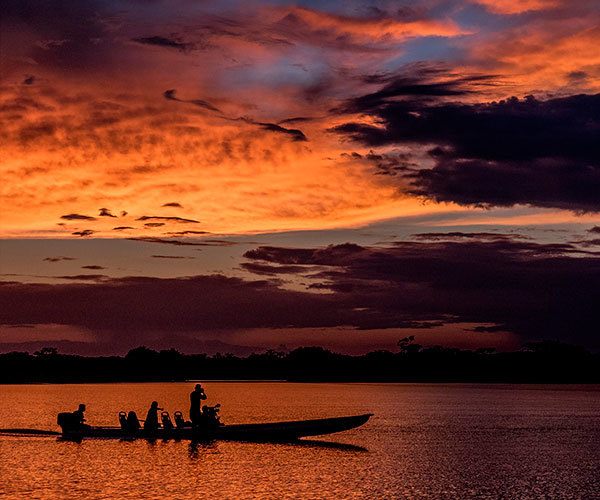 On the floor of the forest are the ground dwellers, mainly those that don’t climb. Higher up is what is called the canopy and where the most varieties can be found. Most of the bird species can be found in the canopy. Higher still, at the very top of the trees are the bigger birds, the airborne predators. Jaguars and panthers roam the jungle floor or lurk in the branches. Whatever your preference, an Amazon photo safari will present you with plenty of opportunities to take some fantastic shots.
On the floor of the forest are the ground dwellers, mainly those that don’t climb. Higher up is what is called the canopy and where the most varieties can be found. Most of the bird species can be found in the canopy. Higher still, at the very top of the trees are the bigger birds, the airborne predators. Jaguars and panthers roam the jungle floor or lurk in the branches. Whatever your preference, an Amazon photo safari will present you with plenty of opportunities to take some fantastic shots.
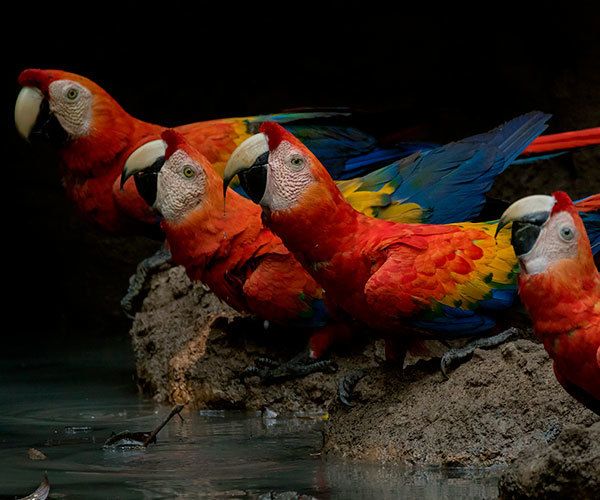 The rainforest never sleeps, so with the sacrifice of some your own, you will be able to view and capture the nocturnal wonders also. Before you go, it is a good idea to read up on the behaviour of the subjects you want to snap. No one goes into the Amazon rainforest alone, local guides are necessary, and they know all about the fauna and flora, which areas of the forest to visit, what time of day or night the species you are interested in are most active and other information. The mighty rivers are home to a vast array of aquatic creatures, both amphibious and fish. Professional photographers are always prepared, but the hobbyist would do well to investigate the type of equipment necessary to capture the images of what you want. Be aware that Amazonia is humid, and it is a wet tropical forest, where it frequently rains, so pack accordingly.
The rainforest never sleeps, so with the sacrifice of some your own, you will be able to view and capture the nocturnal wonders also. Before you go, it is a good idea to read up on the behaviour of the subjects you want to snap. No one goes into the Amazon rainforest alone, local guides are necessary, and they know all about the fauna and flora, which areas of the forest to visit, what time of day or night the species you are interested in are most active and other information. The mighty rivers are home to a vast array of aquatic creatures, both amphibious and fish. Professional photographers are always prepared, but the hobbyist would do well to investigate the type of equipment necessary to capture the images of what you want. Be aware that Amazonia is humid, and it is a wet tropical forest, where it frequently rains, so pack accordingly.
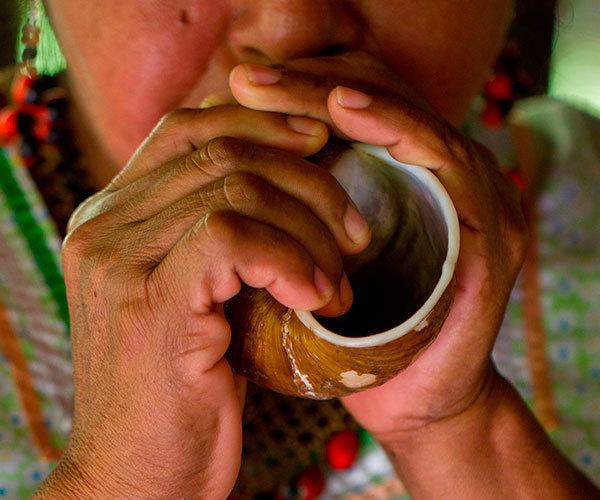 Miguel Andy is General Manager of Napo Wildlife Center. Napo Wildlife Center is an eco-lodge offering unforgettable experiences in the Amazon rainforest of Ecuador, inside Yasuni Biosphere Reserve, which is managed by the Añangu kichwa aboriginal community.
If you would like to be a guest blogger on A Luxury Travel Blog in order to raise your profile, please contact us.
Miguel Andy is General Manager of Napo Wildlife Center. Napo Wildlife Center is an eco-lodge offering unforgettable experiences in the Amazon rainforest of Ecuador, inside Yasuni Biosphere Reserve, which is managed by the Añangu kichwa aboriginal community.
If you would like to be a guest blogger on A Luxury Travel Blog in order to raise your profile, please contact us.Did you enjoy this article?
Receive similar content direct to your inbox.


Those guys in the photos have some enormous and I would guess expensive lenses. I think that’s a little misleading as you don’t have to own a zoom lens to take brilliant photos. Often you can get great results from close-ups of what’s under your nose.
There are some really inspirational pictures here. I’d love to do an Amazonia photo trip though I’d been worrying about the humidity and my precious camera equipment most of the time.
I’m glad that you’ve said that these trips are for Happy Snappers too. My husband is a serious photographer. Twenty years ago he used to lug about around £3,000 of photography equipment. Now he sometimes admits that he can get similar results from his phone,
I read somewhere about a motor journalist who had a problem with his camera so had to make do with his phone. The next month that picture was on the front cover of a Car Magazine.
It’s the rich subject matter that’s important, and the Amazon’s certainly got that, not the gizmos that you’ve got.
On this sort of trip you would probably learn a lot from the professionals and the serious hobbyists but do the guides give tips and teach as well?